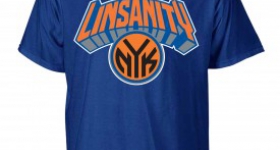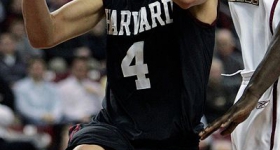Photo via.
This is the first in our March series of profiles of prominent and/or interesting Asian American women. Stay tuned for more!
Having just survived a winter Olympics season pre-empting our favorite sit-coms, perhaps we're particularly aware of the Asian female domination of figure skating in recent years. But the US has been fielding Asian American women Olympians in less obvious sports for far longer than we'd credit.
Take Vicki Draves, the first Asian American female Olympic medalist. This biracial Fil-Am/white athlete won two gold medals at the 1948 summer Olympics for diving. Yes, that's her in her awesome '40s hair and bathing suit above. The hi-tech suits today's divers wear don't do much for me in the way of aesthetics (although the athleticism is still inspiring.)
Draves (nee Manalo) was born in San Francisco in 1924 to a Filipino musician father, who arrived in the States with a string band and stayed to work as a chef, and an English Cockney mother, who came over to work as a maid -- and whose sister also married a Filipino. She and her fraternal twin sister were the youngest of a family growing up during the Depression, who lost two of their children. She grew up on the poor side of town, in San Francisco's SoMa (South of Market) district, where there was a thriving Filipino community. (This community was later displaced to build the city's arts and convention centers, but that's another story.)
She took summer swimming lessons from the Red Cross at pool in the Mission, but only got into diving at the age of 16, as a result of a crush on a diver she saw performing at the beach. That young man introduced her to her first coach, Phil Patterson, who forced her to change her last name to Taylor, her mother's maiden name, to hide her Filpino origins from Patterson's fancy Fairmont Hotel pool circle. During WWII the swimming and diving clubs disbanded. She graduated from high school, took a civil service job, and didn't dive for two years. She went looking for a new coach and found Charlie Sava, who accepted her without payment, and under her own name.
Sava took her to the Amateur Athletic Union (AAU) championships in 1944, where a fellow diver introduced her to coach Lyle Draves, who worked days as an electrical engineer. He retrained her, married her, and helped her win the AAU championships in 1946, '47, and '48. Lyle also got her to the London Olympics in 1948, a no-frills affair in a shattered city, that was the first Olympics since the war started. There she became the first woman to win both the platform and springboard events in the same Olympics. That's right, two gold medals. She also just happened to become the first Asian American woman to win an Olympic medal. And Life magazine named her, together with decathlete Bob Mathias, the top two US athletes at those games.
After her Olympic win, she spent two years in various water sports shows, including Buster Crabbe's Aqua Parade, before retiring to Southern California to start a family. She and her husband, who now live in Palm Springs, have four sons (who all dive, but none competitively) and four grandchildren. She has said that diving gave her the opportunity to meet her families on both sides, since the Olympics took her to England, and she was invited to the Philippines the following year.
In 2007 her "hometown," San Francisco's SoMa district, honored her by naming a small park, on Folsom Street, after her. Unfortunately, the park doesn't have a pool.
(Thanks to Roy Recio for the tip!)









Comments